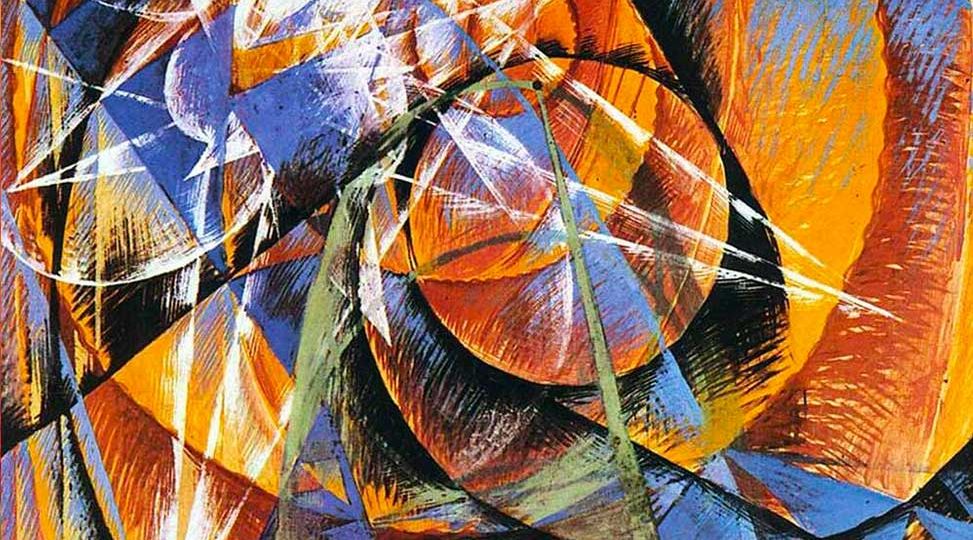
Hermes and Apollo
Insights on Type Development
Joanna Capelin, October 4, 2017

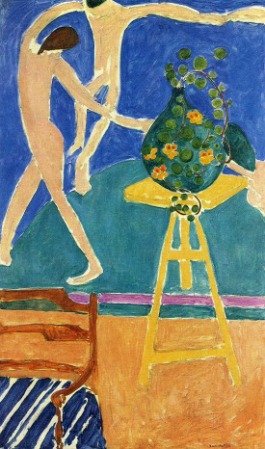
The Greek Hymn to Hermes, which recounts Hermes’ theft of Apollo’s cattle, mythically personifies two behavioral perspectives useful for conscious integration of unconscious functions: psychic movement as personified by Hermes, and stability as personified by Apollo. The Hermetic and Apollonian behavioral perspectives represent opposing and complementary psychological positions. From a Jungian perspective, tensions and reconciliation between two contrasting perspectives procure a third position, which Jung (1960/1970) aptly called the transcendent function. This third perspective is reached through the creation of a working relationship between innately oppositional elements. The Hymn can be used as a typological guide for building a conscious relationship with unconscious functions, in this case using a specific type code, ENTP, and its associated shadow functions. Myth as a narrative form is well-positioned to facilitate the integration of unconscious functions and illustrate how the tension between the two behavioral perspectives, psychic movement and stability, creates a third possibility: a working relationship.
The Role of the Unconscious Functions
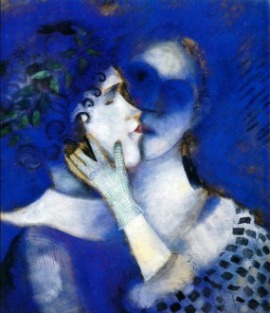
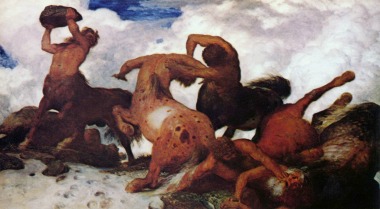
Mythology and the Unconscious Functions
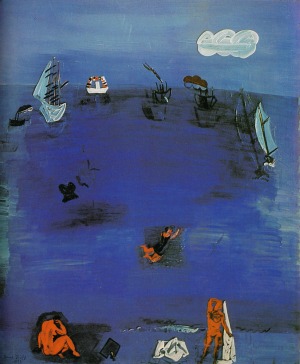
The Greek Hymn to Hermes tells of Hermes’ theft of Apollo’s sacred cattle, an evolving conflict, and a final reconciliation that creates a mutually beneficial relationship (Boer, 2001/2006, pp. 51-56). The character and movements of Apollo can be seen as psychologically representative of the established order, personifying the existent autocratic, hierarchical, and rational position of ego-consciousness. Put another way, Apollo, like the conscious or ego-syntonic functions, represents psychological configurations of judgment, the ego, clarity, stability, supremacy, and control. The Orphic Hymn to Hermes, supporting this parallel, describes Apollo as “the eyes that see all” (Boer, 2001/2006, p. 30). In a sense, the Apollonian is that which reinforces the structures of known reality and is, therefore, mirrored by conscious functions.
In the Hymn, Hermes embodies a flux between the old and new. For example, the godling transforms a tortoise into a lyre (Boer, 2001/2006, p. 24). Hermes further personifies psychic movement by traveling: he jumps out of his cradle moments after his birth to voyage a great distance in order to steal Apollo’s cattle (p. 23). Hermes’ connection to psychic movement is underscored by how he, in an attempt to trick Apollo, reverses the hooves of the stolen cattle. Psychologically, what we see in the movements of Hermes is a personification of an energetic force capable of disturbing the habitual attitude of consciousness by creating new possibilities. In the Hymn, Hermes propagates psychic movement because he wants recognition. For instance, he declares: “As for honors, I’m going to get in on the same ones that are sacred to Apollo” (Boer, 2001/2006, p. 34). In his text Hermes and His Children, Jungian analyst Raphael López-Pedraza (1989) explained that Hermes represents commerce with the unknown borderlines of the psyche (p. 14). Essentially, López-Pedraza indicated that hermetic pathways are ambiguous, multiple, fast, and constantly seeking that which is unnoticed. Expanding this characterization, he suggested that the god’s “main concern is with psychic movement specifically from the literal and known to the symbolic and ambiguous” (p. 11). Here, Hermes is a personification of psychological movement from consciousness to the unconscious.
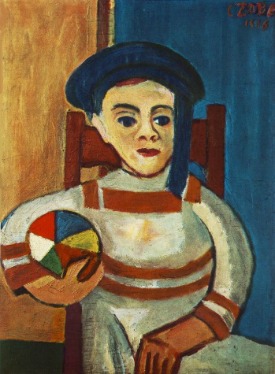
Psychic Movement and Stability: Integrating Opposites


Psychic Movement and Shadow Functions
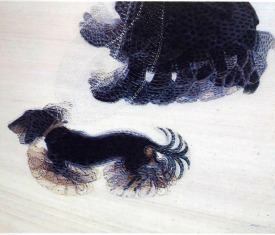

Much has been written about the opposite-attitude polarities that are the foundation of Beebe’s model (Shumate, 2008, 2009), but other pairs of functions can also reflect the ego-shadow struggle. The possible combinations of rational and irrational functions are greater than previously documented. Functions in the unconscious may participate in working relationships, and functions in the same attitude may also combine. Ongoing research by McAlpine and Weed (2017) suggests:
We are frequently pairing perceiving and judging functions in the same attitude, … a combination not normally mentioned in the functional pairs or function-couplings literature. The initial analysis is also indicating that we may have use of all of the function-attitude couplings to some extent, regardless of where the function-attitudes reside in our type dynamics framework.
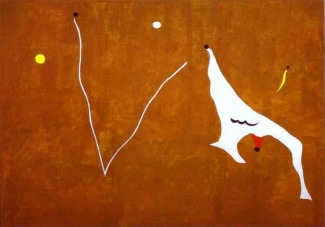
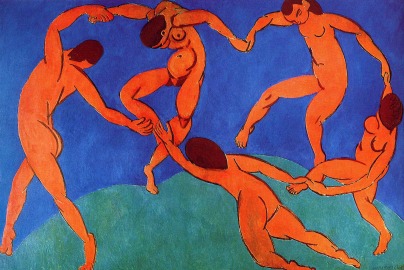
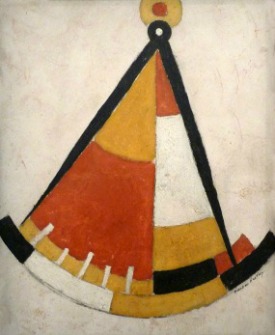
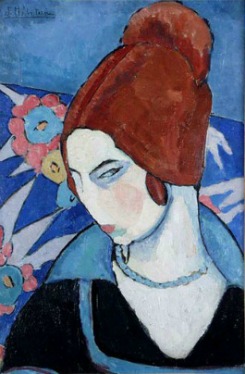
The idea of constant movement between opposites has implications for typology because it implies an individual’s relationship with both conscious and unconscious functions moves along a scale. We can never arrive at compete integration. Instead, the most we can hope for is flexibility, acceptance, and cooperation. Here, the task of integrating functions to achieve a temporary and fluid state of wholeness should not be considered a finite goal but a practice of consciously observing and coming to terms with the psychological movement between oppositional functions.
The Third Possibility: A Working Relationship
The evolution of Apollo and Hermes’ relationships offers insight into how ego-dystonic functions might approach the established ego-attitude. For example, as mentioned above, in the ENTP type matrix, Ni stands in the fifth or opposing personality position according to the Beebe model. Ni types are deliberate in conversations, masters at synthesis, and intimate with the unconscious. In essence, Ni types seek the theoretical nature of all things and their complex interrelationships. Sharp (1987), discussing the negative tone of Ni preferences, warned that the introverted intuitive is often lacking in concrete manifestation. In this type we see a tendency to be “mystical daydreamers” (p. 85). Ni in the fifth position may cause an individual to “second-guess” his insights (McAlpine et al., 2009) while developed introverted thinking thrives on precision and strives to create grid-like systems of categorization that act as frameworks for structuring and guiding analysis (Haas & Hunziker, 2006, p. 84). Here we see the tension between the adversarial energy of Ni-5th, which “may not trust [its own] visions” (McAlpine et al.), and the auxiliary Ti’s initiative to organize systems in terms of “logical relationships” (pp. 64, 84). It appears that in this tension, the conscious attitude can take two standpoints: either the conscious Ti could be so threatened by the Ni that is banishes it into the unconscious or the auxiliary Ti could seek a relationship with Ni as Apollo does with Hermes.
Conclusion

References
Beebe, J. (2006). Evolving the eight-function model. Australian Psychological Type Review, 8(1), 39-43.
Boer, C. (2001/2006). The Homeric hymns. (C. Boer, Trans.). Hubbardston, MA: Asphodel Press.
Chantrell, G. (Ed.). (2002). The Oxford dictionary of word histories. Oxford, UK: Oxford University Press.
Haas, L. & Hunziker, M. (2006). Building blocks of personality type: A guide to discovering the hidden secrets of the personality type code. United States. Eltanin Publications.
Hopcke, R. (1989). A guided tour of the collected works of C. G. Jung. Boston, MA: Shambhala Publications.
Jung, C. G. (1921/1971). Psychological types (CW 6). H. Read, M. Fordham, G. Adler, & W. McGuire (Eds.). (H. G. Baynes & R. F. C. Hull, Trans.) Princeton, NJ: Princeton University Press.
Jung, C. G. (1959/1969). The archetypes and the collective unconscious (CW 9i). H. Read, M. Fordham, G. Adler, & W. McGuire (Eds.). (R. F. C. Hull, Trans.) Princeton, NJ: Princeton University Press.
Jung, C. G. (1960/1970). The structure and dynamics of the psyche (CW 8). H. Read, M. Fordham, G. Adler, & W. McGuire (Eds.). (R. F. C. Hull, Trans.) Princeton, NJ: Princeton University Press.
Jung, C. G. (1963/1970). Mysterium coniunctionis (CW 14). H. Read, M. Fordham, G. Adler, & W. McGuire (Eds.). (R. F. C. Hull, Trans.) Princeton, NJ: Princeton University Press.
López-Pedraza, R. (1989). Hermes and his children. Einsiedeln, Switzerland: Daimon Verlag.
McAlpine, R. & Weed, S. T. (2017, July). Exploring function coupling interactions. Personality Type in Depth.
McAlpine, R., Shumate, C., Evers, A., & Hughey, D. (2009). The function-archetype decoder [Software program]. Louisville, KY: Type Resources.
Samuels, A., Shorter, B. & Plaut, F. (1986). A critical dictionary of Jungian analysis. New York, NY: Routledge & Kegan Paul.
Segal, R. A. (Ed.). (1998). The function of myth. In Jung on mythology (pp. 85-100). Princeton, NJ: Princeton University Press.
Sharp, D. (1987). Personality types: Jung’s model of typology. Toronto, ON: Inner City Books.
Shumate, C. (2008, 2009). The opposing personality: Recognizing the archetypal energy. Bulletin of Psychological Type, 31(4), 47-52 and 32(2), 36-41.
Storr, A. (1983). The essential Jung. Princeton, NJ: Princeton University Press.
von Franz, M.-L. (1971). The inferior function. In J. Hillman & M-L. von Franz, Lectures on Jung’s typology (pp. 1-54). Irving, TX: Spring Publications.
Whitmont, E. (1969). The symbolic quest: Basic concepts of analytical psychology. Princeton, NJ: Princeton University Press.
Images
Balla, G. (1912). Dynamism of a dog on a leash. Courtesy: Albright Knox Art Gallery, Buffalo, NY.
Balla, G. (1914). Planet Mercury Passing in Front of the Sun. Courtesy: Georges Pompidou Center, Paris, France.
Böcklin, A. (1873). Centaurs. Retrieved from common.wikimedia.org
Chagall, M. (1914). Blue Lovers. Retrieved from wikiart.org
Czobel, B. (1916). Boy holding a ball. Retrieved from wikiart.org
Dufy, R. (1923). The Mediterranean. Retrieved from wikiart.org
Hartley, M. (1917). Sextant. Retrieved from wikiart.org
Hébuterne, J. (1916). Self-portrait. Retrieved from commons.wikimedia.org
Hirémy-Hirschl, A. (n.d.) A male nude, leaning forward, holding a bar. Retrieved from wikiart.org
Matisse, H. (1910). Dance II. Courtesy: Hermitage Museum, Saint Petersburg, Russia.
Matisse, H. (1912). Dance. Retrieved from wikiart.org
Miró, J. (1927). The circus house. Retrieved from wikiart.org
Nolde, E. (1910). Dance around the golden calf. Retrieved from wikiart.org
Sluyters, J. (1910). Sunrise. Retrieved from wikiart.org


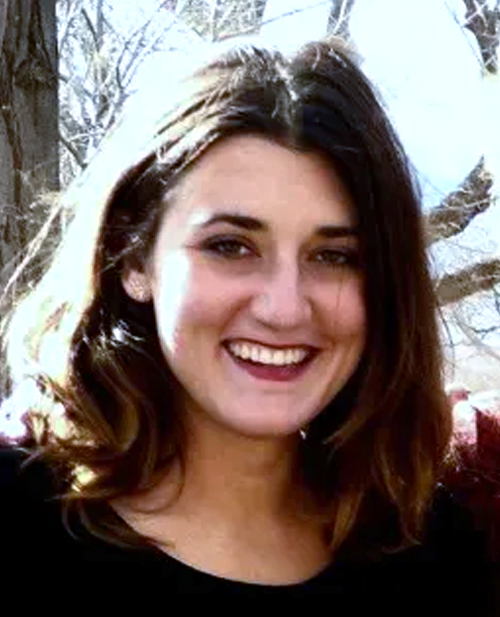

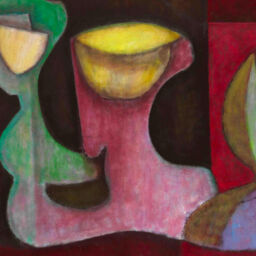













[ENTP] I like the discussion on Ni and Ti. Personally, I find Ni to be a valuable complement to Ti. With Ti, I want to refine ideas down to their most fundamental building blocks. Problem is, that refining process can take a lot of time and energy, and isn’t always worth the effort. With Ni, I’m reminded when these building blocks aren’t as universal as I’m expecting they’ll turn out to be — they’re constructs that are valuable in certain contexts, and not necessarily as useful in others. This insight enables me to hold the building blocks more loosely, and more readily shift perspectives.
For me, Ne-Te isn’t as smooth as Ni-Ti, but I do find value there too. For example with Ne, my radar is constantly scanning for better ways to do things. Most of the time this is fun, and with things I’m good at, it can be highly effective. But there are times when this process produces too much tire-spinning and not enough driving. Whereas with Te, I can find it liberating to follow a step-by-step plan to finish an activity, instead of fussing around with possibilities. Again — this doesn’t always work out as smoothly as Ni-Ti, but it is something that I find valuable.